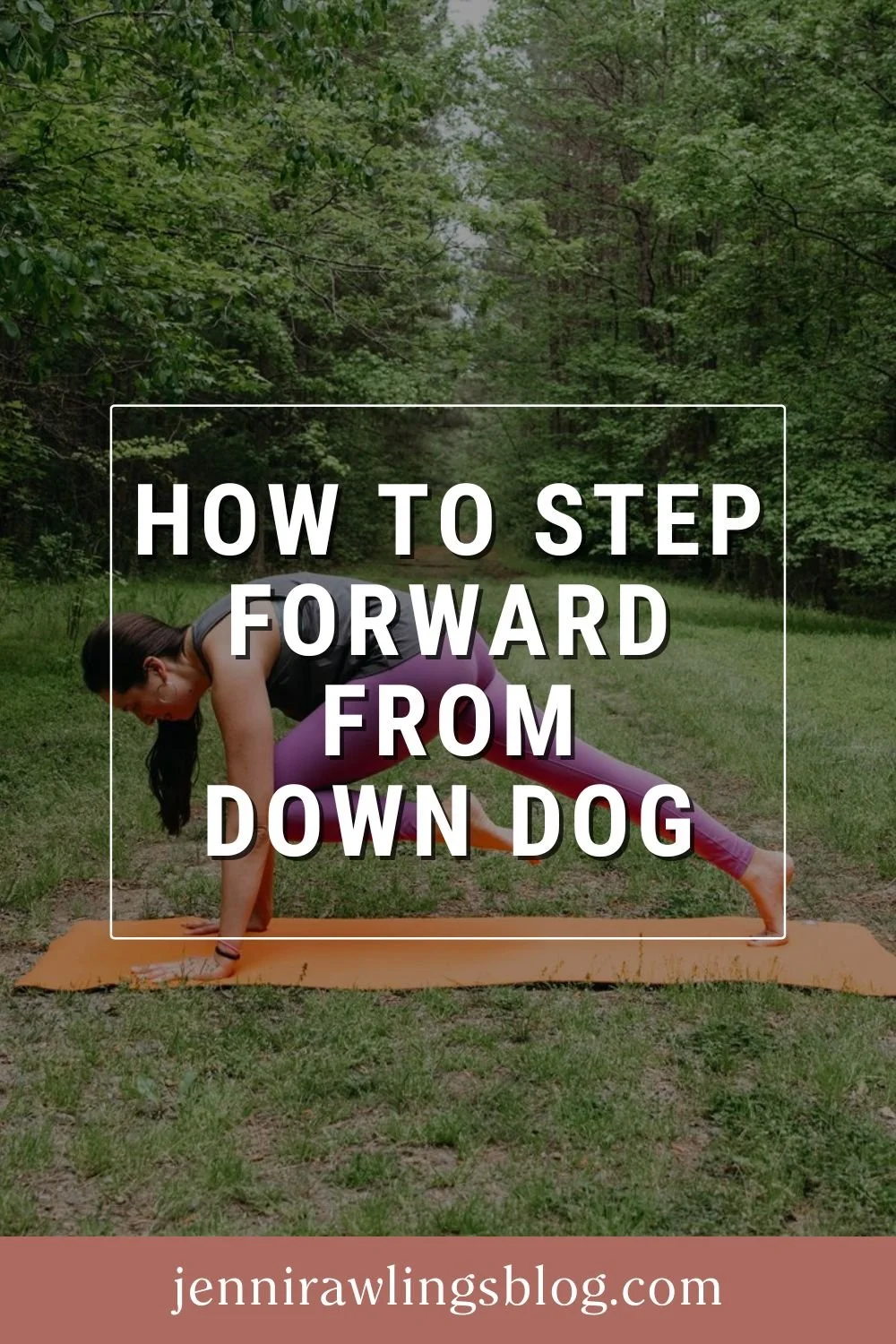My 5 Favorite Plank Pose Variations
This blog post was first sent to Jenni’s email list as an email newsletter. Sign up for the JRY email newsletter here!
Plank pose is a challenging yoga asana.
Our abdominals work to keep our torso and pelvis hovering above the floor. 🔥
And our shoulder muscles (such as our triceps, pecs, and anterior deltoids) work as we push the floor away through our arms.
However, if we visit plank pose regularly in our yoga practice, at some point, our body will adapt to the loads of this movement, and we'll effectively "plateau" in terms of challenge. This is because
plank pose is a bodyweight movement
we tend to practice plank pose the same way all the timeIf we'd like to continue to challenge ourselves in plank pose, I can think of 2 general approaches:
If we'd like to continue to challenge ourselves in plank pose, I can think of 2 general approaches:
Add more resistance to plank pose
Incorporate variability into plank pose
Let’s look at each of these strategies for increasing the challenge in plank pose in turn!
1. Adding more resistance to plank pose
The first approach is to add more resistance to plank pose (so we work against more than our bodyweight).
One way to do that is to place a weight plate on our back. If we don’t have access to a weight plate, we could also use a backpack filled with heavy books! (Orrrr we could use an “alive” weight like a toddler heh heh!)
Another great implement for adding more load to plank pose is to use a resistance band, like I’m using in the photo here. I wrap the band around my low back and anchor it underneath my hands. The band adds resistance that’s trying to pull my pelvis and spine toward the floor, and I have to work my abdominals and hip flexors harder to resist that force.
Adding more resistance to plank pose in the form of external load is the best way to stimulate progressive strength adaptions that we can track over time. 💪
This approach is ideal for strength training programs (like my Strength for Yoga offerings 💪🧘♀️), where we incorporate equipment like resistance bands and weights, and we track progressive strength gains over time.
2. Incorporating variability into plank pose
Whereas adding resistance to plank is better suited for a true strength training practice, incorporating variability is well-suited for implementing right within the context of a yoga practice itself!
When we add resistance to plank pose, we use the same plank position we've always used, but we add a resistance band or weight. If we instead focus on variability, this means we'll change the plank position so our body is loaded in new ways and our nervous system is tasked with learning a new coordination pattern.
Here are my 5 favorite “variable” plank variations to inspire your practice!
1) Forearm plank to plank jump!
In this surprise plank variation, we start in forearm plank (forearms down) and then we bend our knees and *spring* up into plank pose (hands down)!
This not only offers a completely new coordination challenge in plank, but it also incorporates an element of explosiveness (producing force quickly) into this otherwise static position.
2) Plank leg sweeps
In this variation, we take one leg through abduction, external rotation, and flexion, which is great hip mobility work for that leg!
In addition, as we move that single leg, we're also working to hold the rest of our body still, which means that our core is challenged more here!
3) Plank to bear walks w/ yoga block
In this variation, we place a block on our low back/pelvis and then step our feet back and forth between plank pose and bear position.
In bear pose, our quads (front thigh muscles) are challenged more than they are in plank pose.
In addition, the feedback we receive from the balancing block helps encourage us to hold our torso still as we move our legs. This creates an effective core stability challenge.
4) Plank Alternating Shoulder Taps
We hold plank pose while we slowly bring one hand to tap the opposite shoulder, pause for a moment, and place the hand back down.
This great plank variation is both a shoulder stability challenge and a core stability challenge!
By the way: are you curious about what the term "core stability" really means? 🤔 Check out my blog post: What Does Core Stability Really Mean?
5) Plank hop switches
In this plank variation, we switch back and forth between hopping our feet apart and hands closer together, and vice versa.
It’s a total coordination challenge to move our hands and feet in opposite directions simultaneously. And as with the forearm plank to plank jump that we covered earlier, this plank variation incorporates an element of explosiveness – producing force quickly!
Want to learn more about these plank variations?
Check out my video below for more in-depth coverage and more visuals. I hope you enjoy!










